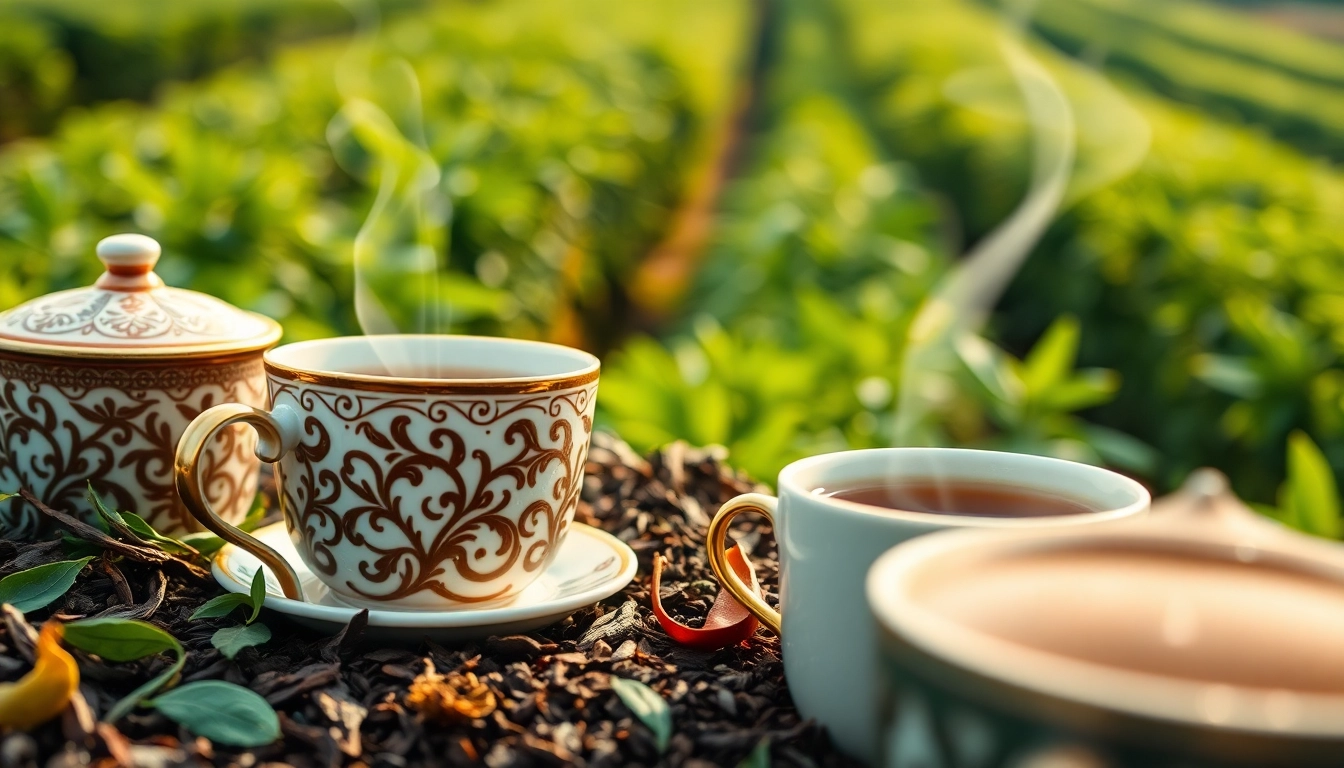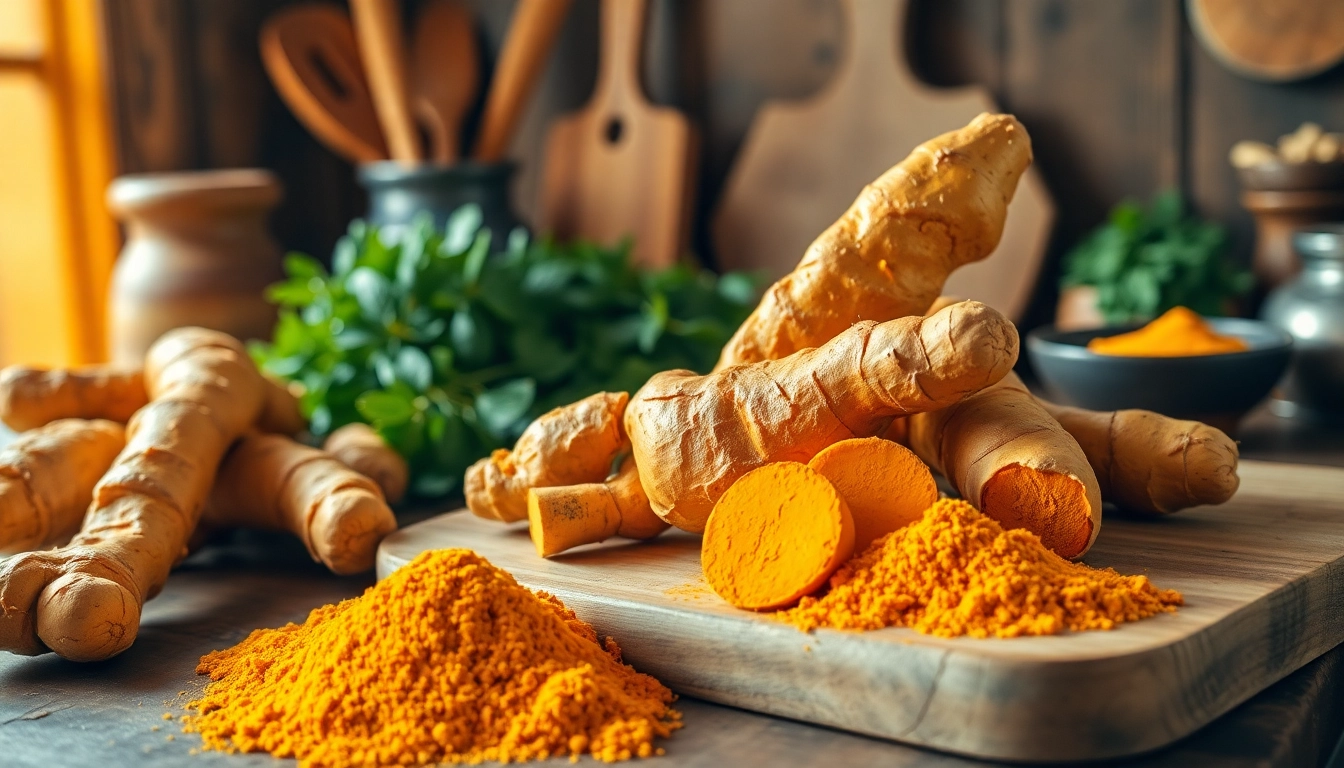What is Single Origin Tea?
Definition and Characteristics
Single origin tea is a term that refers to tea sourced from a specific geographic location or estate. Unlike blended teas—which might combine leaves from various regions to achieve a certain flavor profile—single origin tea hails from a single source, allowing the unique flavors, aromas, and qualities of that particular area to shine through. The simplicity of this concept belies its complexity: single origin teas often encapsulate the terroir of their environment, reflecting the characteristics of the soil, climate, and cultivation methods used in their production.
Historical Context
The practice of sourcing tea from specific regions dates back thousands of years. While blends have dominated the market due to their versatility and cost-effectiveness, the rise of specialty teas has rekindled interest in single origin varieties. Historically, regions such as Darjeeling, Assam, and Fujian have been celebrated for their distinctive tea contributions, with each area cultivating unique varietals based on local traditions and agricultural practices. The importance of single origin tea is not only rooted in flavor but also in the rich cultural narratives and traditions encompassing tea production.
Importance in Tea Culture
In the realm of tea culture, single origin teas carry a significant weight. They are a testament to the craftsmanship of tea growers, and exploring single origins allows enthusiasts to appreciate the intricate nuances of each type. As awareness grows about the diversity of tea, connoisseurs increasingly seek out single origin varieties to experience a direct connection to their roots and origins. This appreciation has fostered a deeper understanding of how environmental factors impact flavor, leading to the emergence of dedicated tea festivals and tastings that celebrate these unique brews. For those looking to expand their palate, single origin tea provides an exciting gateway into the vast world of tea experiences.
Distinguishing Factors of Single Origin Tea
Flavor Profiles
The flavor profiles of single origin teas are often influenced by numerous factors, including the climatic conditions of the growing region, the altitude at which the tea is cultivated, and the processing methods employed. For example, a high-grown Darjeeling tea will showcase a muscatel flavor, while an Assam tea may deliver a robust, malty character. By understanding the subtleties of these flavor notes, tea drinkers can better appreciate the individual traits unique to each source. Some common flavor profiles associated with specific regions include:
- Darjeeling, India: Often referred to as the “Champagne of teas,” known for its delicate, floral notes.
- Assam, India: Rich, malty, and often bold, making it popular for breakfast blends.
- Uji, Japan: Characterized by umami flavors and a vegetal finish attributed to its processing methods.
- Wuyi, China: Offers rock-ore flavors in its oolong teas due to the unique geology of the region.
Sourcing and Quality
The sourcing of tea is crucial to its quality. In the single origin category, the emphasis is placed on selecting leaves from a single estate or garden, which often enhances the overall integrity of the tea. Sustainable practices, organic certifications, and fair trade initiatives are key considerations in sourcing. These factors not only impact flavor but also the social and environmental responsibility of tea production. Buyers should be mindful of certifications when choosing single origin teas to ensure they support ethical sourcing practices.
Terroir’s Impact
Terroir is a French term originally used to describe how environmental factors such as soil, climate, and terrain affect the characteristics of agricultural products. This concept is particularly relevant in the context of single origin teas. The geographic specificity of single origin teas means that each cup is, in effect, a reflection of its environment. For instance, the mineral content of the soil, the local climate variations, and even altitude can dramatically influence flavor. A tea grown at a higher elevation might display greater complexity and nuanced flavors compared to one cultivated at sea level.
How to Choose the Right Single Origin Tea
Identifying Regions and Estates
Choosing a single origin tea often begins with understanding the distinctions between various tea-growing regions. Each area has its own unique approach to cultivation, which can affect the end product. Some key regions to consider include:
- Darjeeling: Known for its fine and delicate black teas.
- Assam: Recognized for bold and malty offerings.
- Uji: Famous for superior-quality matcha and sencha.
- Nilgiri: Offers fragrant and floral black teas.
Begin by exploring teas from these regions and learning about their flavor profiles to find those that resonate with your palate.
Tasting Notes and Preferences
Understanding your own tasting preferences can also guide you in selecting single origin teas. Consider keeping a tasting journal to note the flavors, aromas, and sensations that you experience with each tea you try. This practical guide will help refine your palate and encourage exploration of different regions and varietals. For instance, if you gravitate towards citrus and floral notes, you might find joy in exploring the offerings from Taiwan’s high mountains. On the other hand, if you prefer deeper, more robust flavors, Assam or a high-grown Ceylon tea could be your go-to choices.
Pairing with Food
The complexity of single origin teas can beautifully complement a wide range of foods. Pairing tea with meals not only enhances the tasting experience but also elevates the flavors of the food. Consider these combinations:
- Darjeeling: Pairs well with light dishes such as fish or salads, as its delicate flavor won’t overshadow the meal.
- Assam: Excels with hearty breakfasts, spicy foods, and rich pastries due to its malty robustness.
- Oolong: Works well with soups, sushi, or grilled meats, thanks to its complex flavors.
- Green Teas: These can enhance lighter foods like grilled vegetables and chicken.
Experimenting with food pairings can lead to delightful discoveries, unveiling how flavors interact and enhance one another.
Brewing Techniques for Optimal Flavor
Essential Tools for Brewing
To fully enjoy the unique characteristics of single origin tea, employing the right brewing tools is essential. Key tools include:
- Teapot or Gaiwan: Ideal for steeping loose leaf tea, allowing for a more controlled infusion.
- Temperature-Controlled Kettle: Crucial for achieving the proper temperature for different tea types, thereby maximizing flavor.
- Scale: Measuring tea by weight ensures consistency in brewing.
Best Practices for Steeping
The steeping process can greatly influence the flavor profile of single origin tea. Here are some best practices:
- Know Your Tea: Different teas require various steeping times and temperatures. For example, black and herbal teas typically need boiling water, while green teas are best steeped around 175°F (80°C).
- Measure Your Leaves: A general guideline is to use one teaspoon per cup of water but adjust based on personal preference and the type of tea.
- Multiple Infusions: Many single origin teas can be steeped multiple times, with each infusion unveiling different flavor notes.
Experimenting with Blends
While single origin teas emphasize the unique character of a specific region, some enthusiasts enjoy experimenting by blending different teas together. This can create complex flavors and offer new taste experiences. For instance, combining a robust Assam with a floral Darjeeling can yield a unique cup that balances strength and delicacy. However, it’s essential to respect the essence of each tea and create blends that highlight rather than overpower the individual characteristics.
The Future of Single Origin Tea
Trends and Innovations
As the global tea market evolves, single origin tea continues to gain traction among consumers looking for authenticity and quality. Current trends indicate a shift toward sustainable and organic practices in tea cultivation, with an emphasis on preserving heritage varietals and exploring innovative processing methods. Tea producers are increasingly leveraging technology to monitor soil health and climate conditions, further refining the quality of their products while ensuring their environmental impact is minimized.
Sustainability Considerations
With greater consumer awareness surrounding sustainability, the tea industry is making strides to adopt more environmentally friendly practices. The question of sustainability extends to single origin tea, urging producers to consider not only how the tea is cultivated but also its journey from farm to cup. Initiatives like direct trade, organic farming, and fair labor practices are becoming standard as consumers demand transparency and ethical sourcing. Supporting producers who engage in sustainable practices helps ensure the future vitality of single origin teas and the communities that cultivate them.
Engaging with Tea Communities
The future of single origin tea is brightened by the growth of tea communities online and offline. Whether through local tea shops, social media groups, or dedicated tea festivals, enthusiasts can share their knowledge, experiences, and preferences with others. Online platforms provide an opportunity to connect with tea farmers, learn about their methodologies, and participate in virtual tastings. By engaging with these communities, consumers can deepen their understanding of single origin tea and contribute to a larger movement that values quality, sustainability, and authentic connections.



